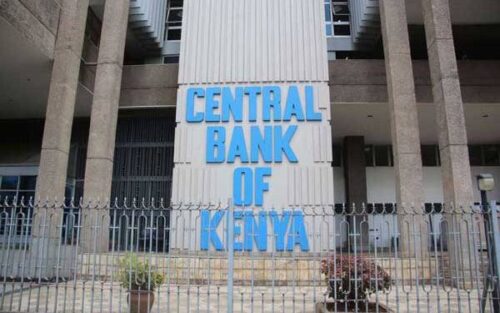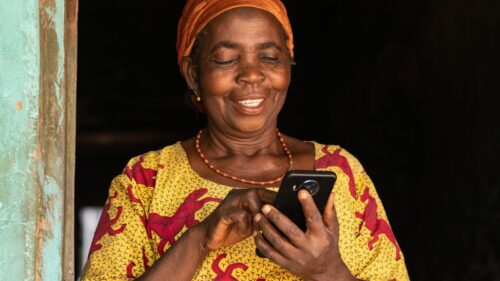
Kenya’s mobile money industry, stood for a while as a global model for financial inclusion, is showing signs of strain. According to new data from the Central Bank of Kenya (CBK), the value of mobile money transactions dropped significantly by 19.6% in the 12 months leading to February 2025, from KES 790.8 billion ($6.13 billion) to KES 636.2 billion ($4.93 billion). This marks the lowest monthly transaction figure in more than a year.
The downturn comes at a time when the sector’s physical and digital footprint continues to expand. CBK data reveals that active mobile money agents grew from 320,182 to 394,853, while subscriptions increased from 77.3 million to 84.6 million over the same period.
This disconnect between expanding infrastructure and declining transaction volumes signals a broader structural shift. Mobile money, spearheaded by M-PESA since its launch in 2007, is increasingly being impacted by economic pressures, growing competition from banks and fintech platforms, and changing user behaviour.
While more Kenyans are registering mobile wallets, many are using them for smaller or less frequent transactions. Inflationary pressures are partly to blame. Core inflation, which excludes food and energy costs, rose to 2.2% in March 2025, up from 2.0% in February, gradually eroding household purchasing power. As living costs rise, many consumers are reducing their reliance on mobile wallets for non-essential payments.
The proliferation of mobile money agents (especially in rural and peri-urban areas) has also diluted transaction volumes per agent. Although the network’s geographic reach has broadened, the increase in access has not translated into higher total transaction value.
Another emerging trend is the migration of high-value transactions—such as rent, school fees, and business transfers—towards mobile banking apps and digital banking platforms, which offer more flexibility and are increasingly trusted for larger sums.
Despite the overall downturn, Safaricom’s M-PESA maintains a commanding 91% market share as of December 2024, according to the Communications Authority of Kenya (CAK). Airtel Money trails with an 8.9% share, reflecting the limited competition in the mobile money space.
This evolving landscape suggests that while mobile money remains critical to Kenya’s digital economy, its role is shifting from a catch-all payment method to a more fragmented financial service, especially as digital banking alternatives grow in popularity.



